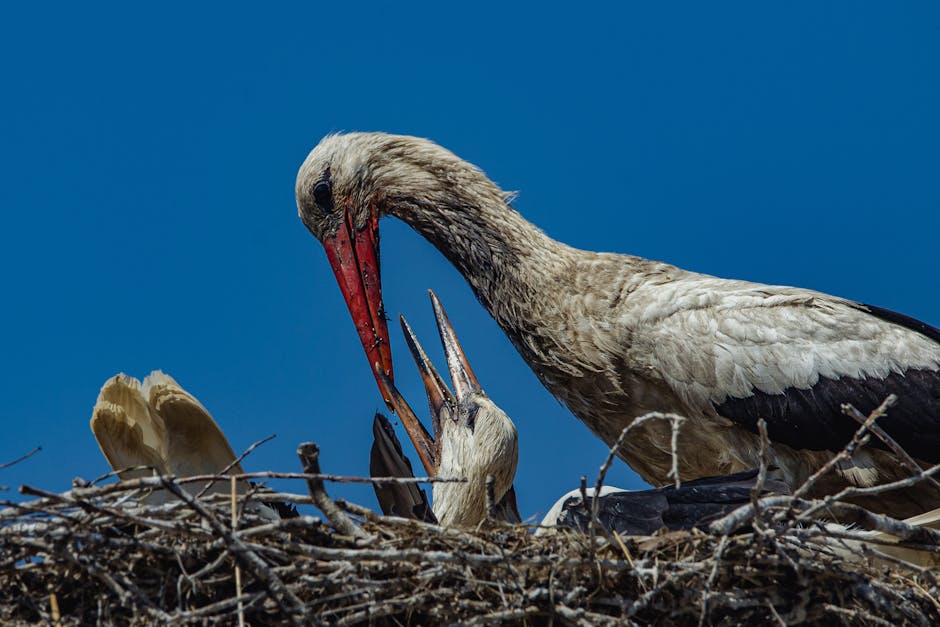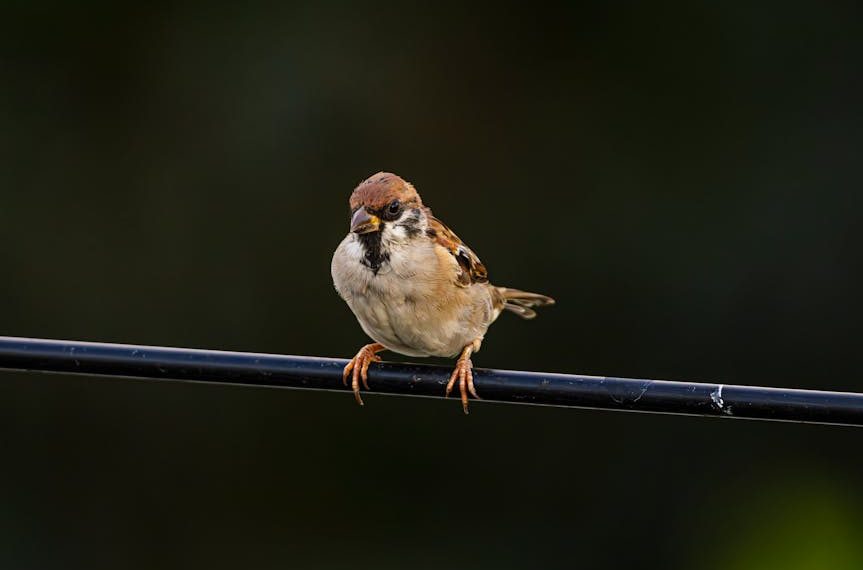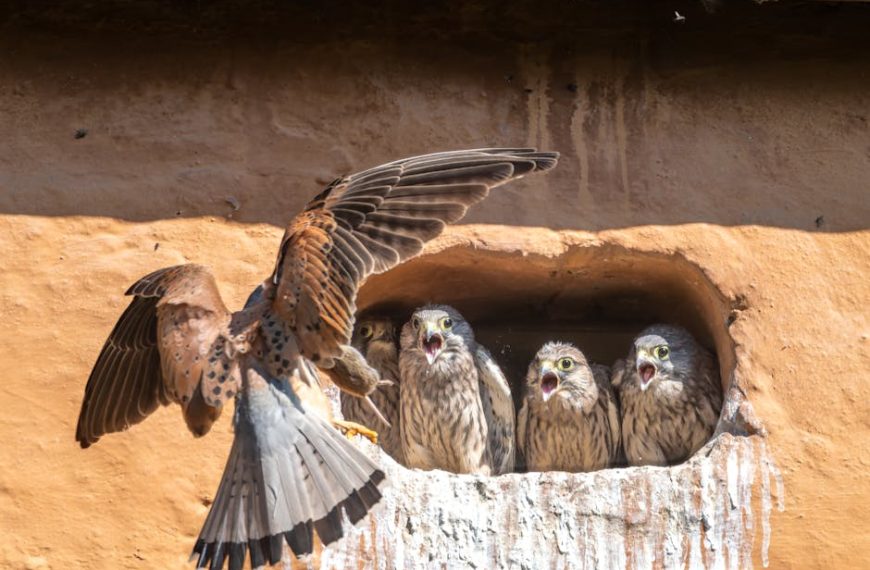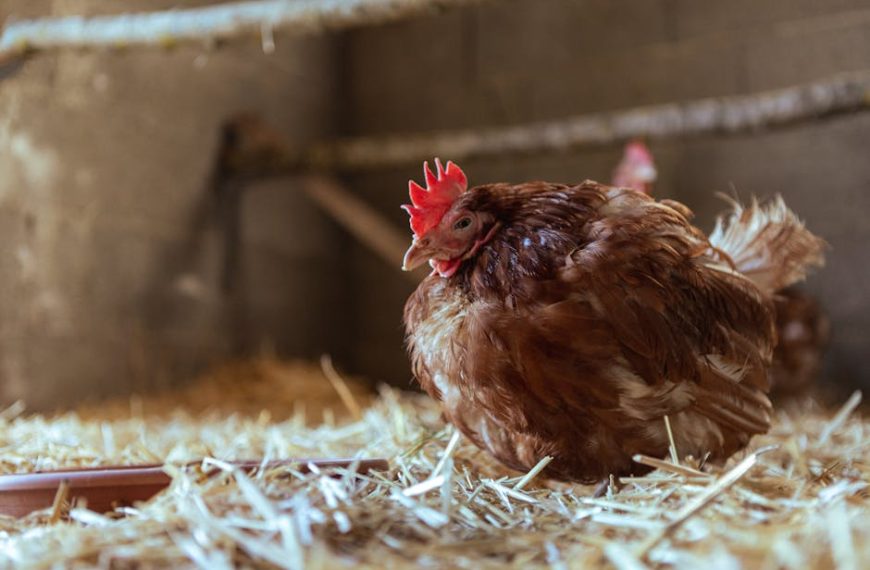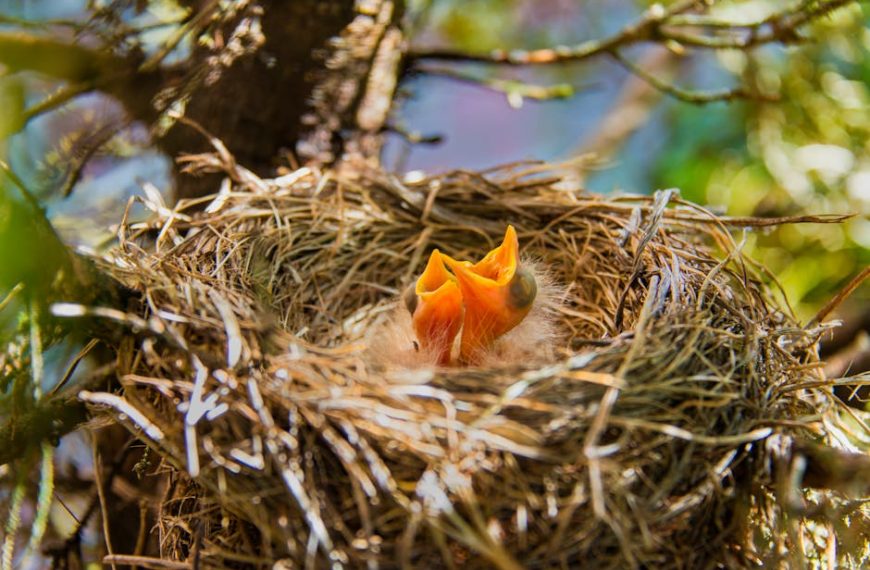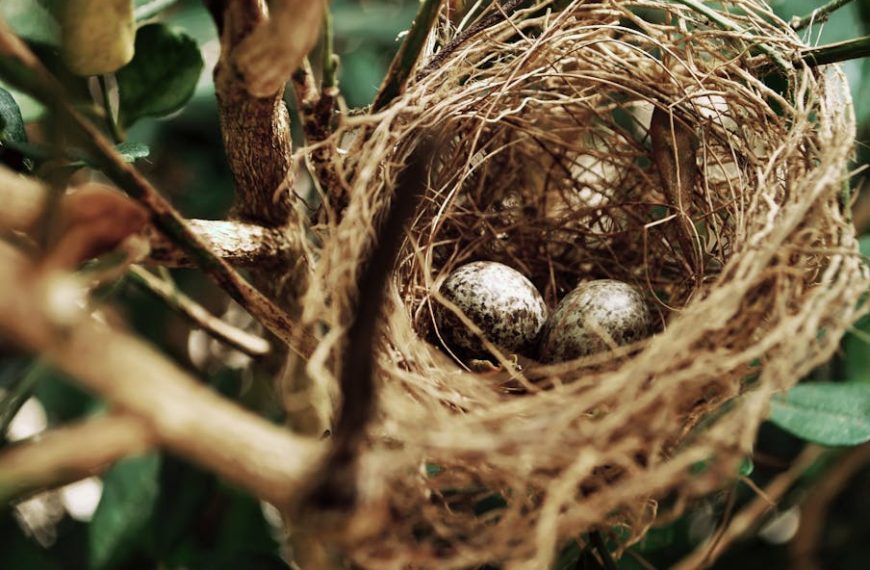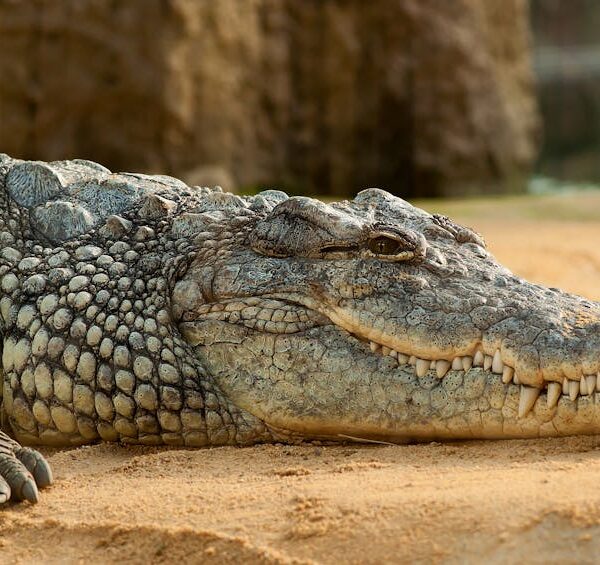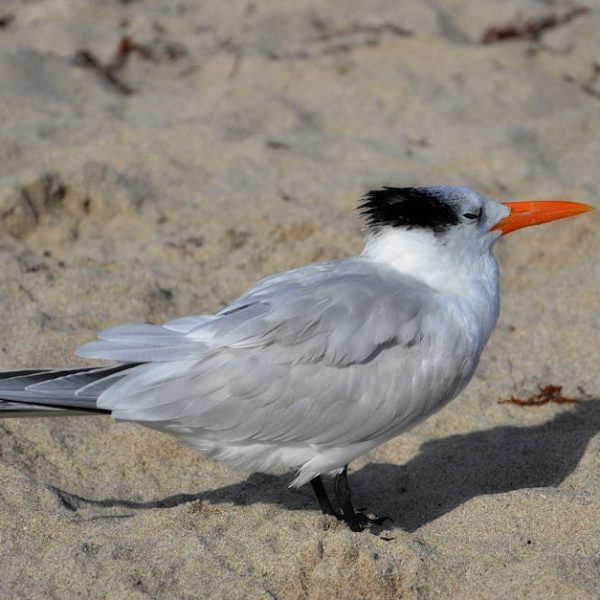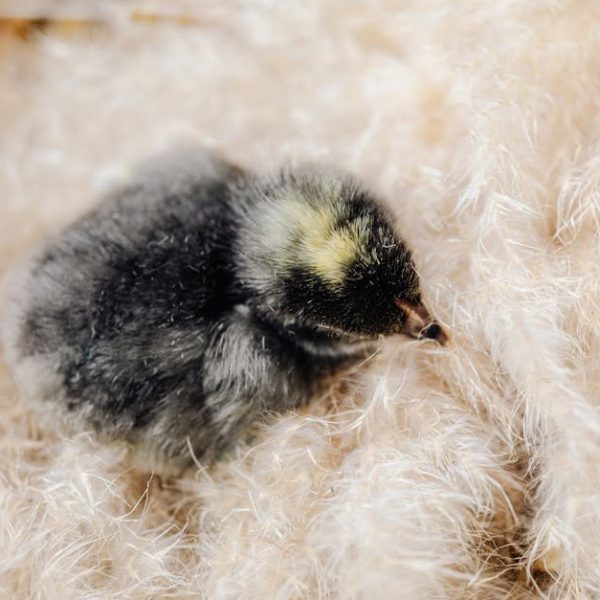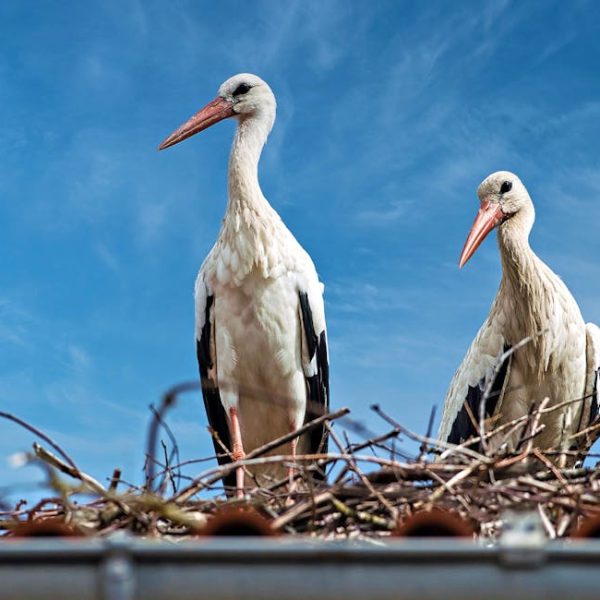When it comes to understanding bird behavior, especially as it relates to their nesting habits, it’s crucial to remember that there is significant variation dependent on factors like species, environmental conditions, and time within the breeding cycle.
Understanding Birds’ Nesting Behavior
Birds’ nesting behaviors carry noticeable differences influenced by several factors. Environmental conditions, type of species, and their feeding habits all contribute to this variance in behavior. A bird’s species offers a massive hint regarding its nesting habits. Take, for instance, the peregrine falcons who prefer nesting on cliff edges, while sparrows are happy building their homes in busy city environments.
Pro tip: Observing bird behavior can be a fascinating hobby. But be conscientious to do so at a safe distance to avoid disturbing them, particularly during nesting season when they can be more protective and likely to be stressed.
The Reason Behind Mother Birds’ Absence from the Nest
Bird-watching beginners often express concern when they notice a mother bird’s apparent absence from her nest. But, contrary to popular misconception, this does not always signify abandonment.
Bird mothers spend time away from their nests for various valid reasons, like foraging for food and gathering nesting materials. Moreover, staying away for shorter durations is instinctual as it reduces the chance of predators discovering the location of the chicks. So, a temporarily empty nest is not necessarily a cause for concern.
Nesting Process of Birds and Mother Bird’s Role
The nesting cycle of birds is a demanding process, rife with enduring threats from predators and harsh environmental conditions. The mother bird plays a vital role during this period, starting from nest construction to incubation, and eventually feeding the newborn.
Bird Nesting Cycle Checklist:
– Nest-building
– Egg laying
– Incubation
– Feeding and raising young
Remember, the father bird’s role is also pivotal during this time, as many species share duties in incubating the eggs and sourcing food.
Intervals and Duration of a Mother Bird’s Absence
The length of intervals a mother bird spends away from the nest varies greatly and is dictated by the species and stage of the nesting cycle she is in. For example, a hummingbird mother may leave her eggs unattended for five to ten minutes, while an osprey mother might only leave her nest once a day.
Factors impacting the mother bird’s absence from the nest:
– Species of bird.
– Stage of the nesting process.
– Availability of food.
– Threats or disturbances near the nest.
Each bird species has its unique patterns and adapting mechanisms, making it a bit challenging to pin down the exact duration and frequency of a mother bird’s absence from her nest.
What to Do If a Bird’s Nest Appears to Be Abandoned
If you find a bird’s nest that you believe to be abandoned, remember that the first and foremost rule is not to interfere unless absolutely necessary. Birds are protected by legal and ethical guidelines that prohibit unnecessary handling and disturbance.
Steps to follow if a bird’s nest appears abandoned:
– Stay at a distance for some time and observe, the mother bird may be away temporarily.
– Do not touch or handle the eggs or the nest unless you’ve taken professional advice.
– If the nest is obviously destroyed or the babies are injured, get in touch with a local wildlife rehabilitator.
– Do not try to nurse the baby birds on your own.
Remember that appropriate action varies depending on the specifics of each situation. When in doubt, always consult with a local wildlife expert or your local animal control.
In conclusion, birds are fascinating creatures with unique behaviors and survival mechanisms. Understanding these, especially the nesting habits of mother birds, enables us to coexist peacefully without causing unintended harm to these delicate beings. This mutual respect and understanding play a critical role in the conservation and thriving of various bird species in our environment.
Key Takeaway:
- Birds’ nesting behaviors differ depending on environmental conditions, species’ characteristics, and feeding habits. Due to these variances, it’s essential to observe from a distance to avoid disturbance.
- Mother birds being away from the nest is not always a sign of abandonment. This behavior could be due to natural instincts, hunting, or threat avoidance.
- Mother birds play an instrumental role in the nesting process, which involves nest-building, incubation, and feeding.
- A mother bird’s absence duration varies significantly depending on their species and the current stage of the nesting process.
- If a mother bird’s nest appears abandoned, remember not to interfere unless absolutely necessary due to legal and ethical considerations. Consult with a local wildlife expert if in doubt.
By observing and learning about these fascinating creatures, we can cultivate an appreciation for the beauty and complexities of nature. It is important to respect their boundaries and coexist peacefully, ensuring that future generations also get to appreciate these amazing species.
FAQs
Q: What should I do if a bird has built a nest in an inconvenient place, like my porch or mailbox?
A: It would be best if you tried to leave the nest undisturbed until the baby birds have flown away, which typically occurs within a few weeks. Disturbing the nest could result in the parent birds abandoning it.
Q: How can I attract more birds to my backyard?
A: Providing food, water, and suitable nesting spots can make your yard an attractive habitat for birds. Utilize bird feeders, bird baths, and birdhouses to attract a variety of species.
Q: What should I do if I find a baby bird on the ground?
A: If you find a baby bird on the ground and it appears healthy, it is likely learning to fly, and the parents are nearby. It’s best to leave it alone. Only intervene if the bird is injured or in imminent danger.
Q: I’m interested in birdwatching, any advice for beginners?
A: Start in your local area where you can notice the bird species commonly found. A good bird-identifying book or app will be beneficial. Make sure to get binoculars for a detailed view and always minimize disturbance to the birds.
Q: Is it safe to handle a bird’s nest after the birds have left?
A: Yes, once the birds have fully fledged and left the nest, it’s generally safe to handle it. However, it is recommended to use gloves for hygiene considerations.
Please, don’t hesitate to share this article with others, and explore other posts on our website for further insights into the wonderful world of birds and wildlife.
